April 14, 2023, Kourou, French Guiana:
Smoke billows from the giant side boosters of the Ariane 5 rocket.
A dry voice counts down to the launch that will send the JUICE satellite into space.
Its final destination is Jupiter and its moons Ganymede, Callisto, and Europa.

JUICE's journey to Jupiter
Meanwhile, in Kongsberg:
A group of engineers intently watch the launch on a large screen. They've worked tirelessly for years to ensure everything goes smoothly today.
Even the smallest mistake could lead to catastrophic consequences.
-
Text:Björn Audunn Blöndal
Photo:ESA | Björn Audunn Blöndal

Martin Blandhoel, Kongsberg Defence & Aerospace"I was wearing a heart rate monitor. I think it showed 170 beats per minute," says Sylvia Omholt, head of business development in the same division.
"I'm glad I wasn't wearing one," laughs Blandhoel.
No surprise, given the project's high stakes – both literally and financially. Kongsberg Defence & Aerospace was responsible for two critical components for this mission:
"The atmosphere in this room was electric that day," recalls Martin Blandhoel, team leader at Kongsberg Defence & Aerospace, Division Space & Surveillance.
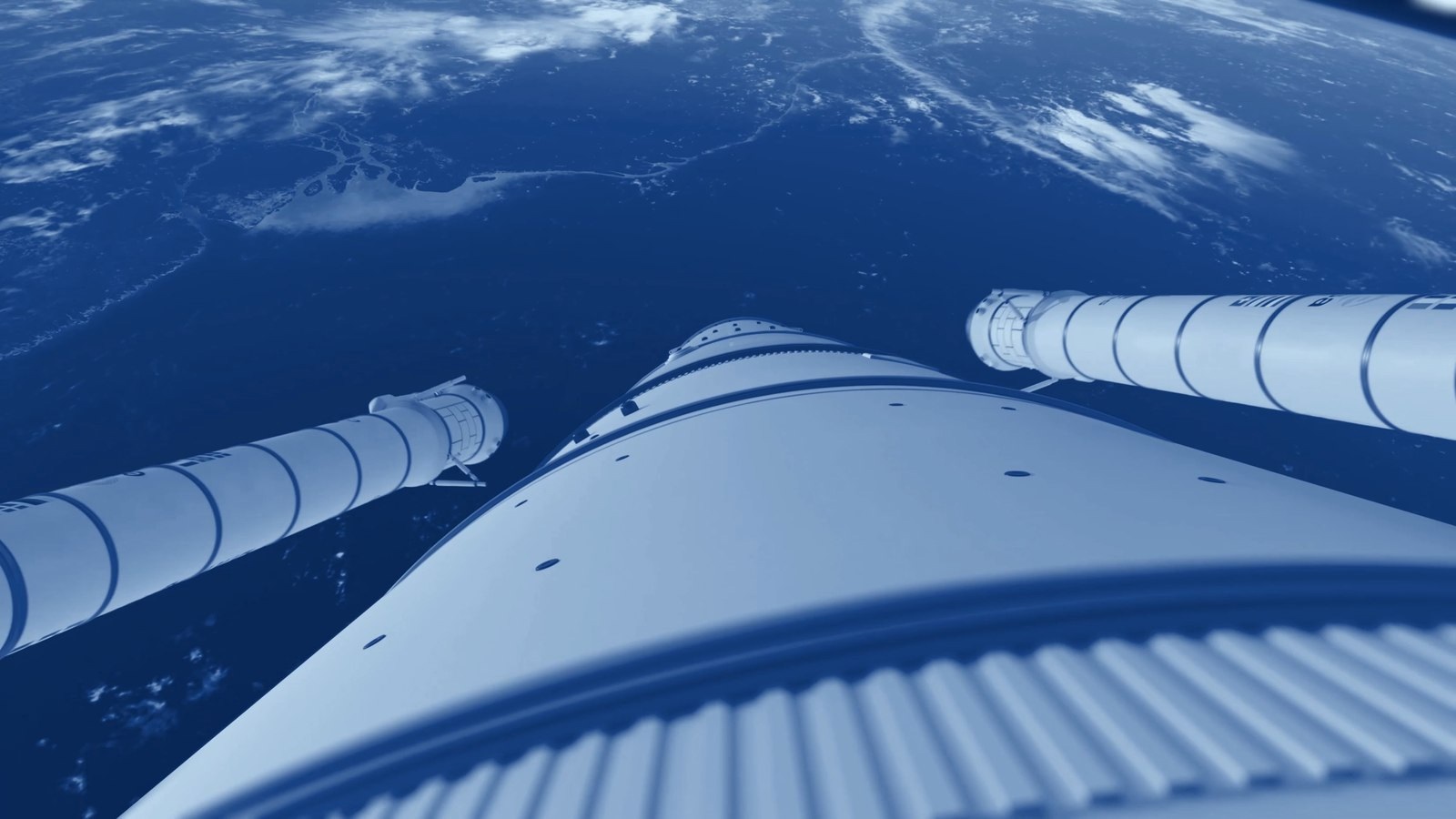
Exactly 132 seconds after launch, Ariane 5's two 31.6 meter-long booster rockets are released. They fall back to Earth and burn up in the atmosphere, while the main module continues into space, preparing to deploy JUICE. The two stages that secure the boosters to the main rocket are supplied by Kongsberg Defence & Aerospace.
A failure here means the rocket and its valuable cargo plummet into the North Atlantic in a phenomenal blaze.
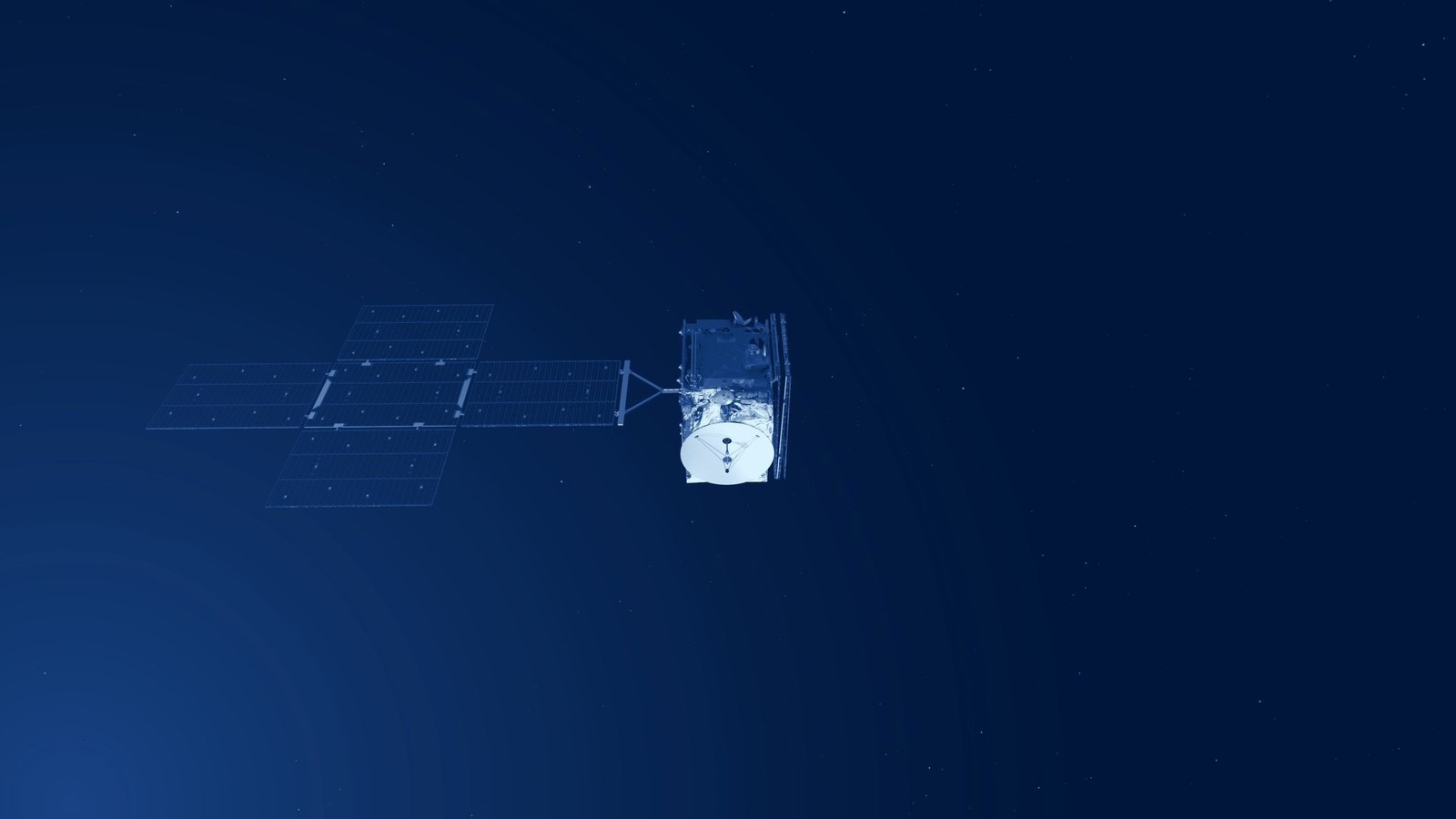
Ninety-nine minutes post-launch, the next crucial phase that Kongsberg's team closely monitors begins. The two giant solar panels, totaling 85 square meters, must carefully unfold.
The panels are connected to the satellite body with a sophisticated component, a Solar Array Drive Mechanism (SADM), provided by Kongsberg Defence & Aerospace. This component manages the movement of the solar panels and the drive electronics that transfer power to the satellite. This component, the Solar Array Drive Electronics (SADE), is critical. A malfunction in these advanced components would leave ESA with an incredibly expensive but useless object drifting uncontrollably into deep space.
"I have to distance myself from the project's risks," says Martin.
"If I dwelled on the value of this project, I wouldn't sleep at night."
The entire JUICE operation cost a neat sum of 1.6 billion euros, roughly 18.677 billion Norwegian kroner. Enough to buy about eight brand-new Boeing 787 Dreamliners. Or approximately 19,000 well-equipped Teslas.
"I have complete faith in our system and our work methods," he adds calmly.
In the JUICE project, Martin was responsible for assembling the final product and conducting the extremely rigorous testing phase.
"I also contribute to design and shaping, along with the other engineers. We work in a core team of 5-6 people and have between 10 and 15 various support functions available," he explains.

Sylvia Omholt Kongsberg Defence & Aerospace"I was wearing a heart rate monitor. I think it showed 170 beats per minute."
Tested to the extreme
"First, we subject the components to a vibration test to show that the product can withstand the extreme vibrations at launch," Omholt explains.
"We use a 'shaker,' a kind of table that exposes the product to similar vibrations it will undergo when shot into space. The forces at play during a rocket launch are immense," she adds.
Then comes a shock test.
The side rockets are detached by a small explosion to break the supporting stages holding them to the main rocket. Thus, the satellite and all equipment must demonstrably withstand this – with a very good margin.
"Next, it undergoes a thermal vacuum test. We simply simulate the environment it will operate in – out in the icy cold of space," she continues.
In space, JUICE will face temperatures down to -230 degrees Celsius, and extreme heat up to +250 degrees Celsius as it passes Venus's atmosphere. When the satellite reaches Jupiter, it will slow down considerably. Then, the bracket for the solar panels must withstand the g-forces so they don't snap right off. They're also designed to reduce vibrations from the harsh braking.
"While we build parts, assemble, and test the product, we work in a completely clean environment. We call it the cleanroom . Before entering, we change clothes, use face masks and hair nets. We have instruments measuring air particles at a molecular level," she adds.
Requires stamina
For Kongsberg, the JUICE project began in 2016. In 2023, the parts were transported to Germany for assembly on the finished satellite, before being sent across the Atlantic to French Guiana.
"Moreover, it takes a full eight years before JUICE reaches Jupiter's atmosphere where it will orbit Jupiter and three of its moons," she says.
JUICE is expected to arrive at Jupiter in 2032. Then, all sensors and measuring devices will awaken, ready to collect data from the Jupiter system like never before.
Searching for life
One of JUICE's overarching goals is to assess the habitability – the ability of a planet to support life – of these icy worlds. By studying their chemical and physical conditions, JUICE aims to expand our understanding of the potential for life beyond Earth.
JUICE is equipped with 10 state-of-the-art scientific instruments, including cameras, spectrometers, a radar, a magnetometer, and plasma and particle sensors, making it well-suited for comprehensive studies and significantly contributing to our understanding of the Jupiter system.
Here are some of the measurements being made:
JUICE will study Jupiter's atmosphere, including its composition, dynamics, and cloud structure. It will also explore Jupiter's magnetosphere, the largest in the solar system, to understand its dynamics and interaction with the solar wind.
The mission will closely examine the surface and subsurface structures of Ganymede, Callisto, and Europa. These moons are thought to have subsurface oceans beneath their icy crusts, making them exciting targets for studies of potential habitability on icy moons.
Especially for Ganymede, JUICE will investigate its intrinsic magnetic field (the only moon known to have one) and interaction with Jupiter's magnetosphere. The mission will also attempt to gather data on the depth and salinity of its subsurface ocean.
The mission will explore the geology, composition, and physical properties of the moons' icy crusts. This includes understanding the formation of surface features, like ice cracks and ridges, and their implications for the internal structures of these moons.
JUICE will also search for organic compounds and complex molecules on these moons, which could provide clues about the chemical processes that might support life.
The mission will also contribute to comparative planetology by providing insights into the formation and evolution of gas giants and their moons, enhancing our understanding of the solar system.
"The coolest thing we can ever imagine"
Due to its long expedition time and all the scientific instruments on board, JUICE is a relatively large satellite. It measures 4m x 3m x 5m and weighs about 5,300 kg. The wingspan of the carbon-reinforced solar panels is an impressive 27 meters, equivalent to the length of a basketball court.
The reason JUICE needs such large solar panels – in floor space equivalent to a spacious Oslo apartment – is due to the vast distance from the sun to Jupiter. The farther from the sun, the less energy the panels can generate from the precious rays. The sunlight is 25 times weaker compared to Earth.
It's not until 2031 that JUICE arrives at the Jupiter system, and the engineering team will again gather in front of the large screen showing the first transmitted images from Jupiter.
"Being part of projects at this level is one of the coolest things we can ever imagine," they express.
Martin Blandhoel."What drives us here is working on something special – something not many others work on."
"We almost forget it ourselves, but we actually sit here in Kongsberg producing critical equipment for the space industry. And we are world leading in what we do. It's incredibly fun," he says.
Jupiter´s Moons
Jupter´s icy moons are of great interest to scientists as they may contain vital clues to life or possess the conditions necessary for life. Studying these moons could enhance our understanding of how planets form and the possibility of life in our own solar system.
Here are the three moons that JUICE will gather data from:
Ganymedes
Ganymede is the largest moon in the solar system and is larger than the planet Mercury. It has a thick ice cap covering an ocean of liquid water beneath the surface. Ganymede is also known for its many craters and mountain formations. This is the first moon JUICE will pass by, and in many ways, JUICE´s main objective. JUICE arrives at Ganymede in July 2031.
Callisto
Callisto is the thirrd
Europa
Europa is
Kongsberg Gruppen has also delivered the solar panels that will power the satellite throughout the entire expedition – even when it is hundreds of millions of kilometers from the sun.
The satellite must function flawlessly under extremely harsh conditions: relentless radioactive radiation, temperatures ranging from a freezing -250 to +230 degrees Celsius, and strong mechanical impacts.
JUICE is packed with advanced technology and a variety of instruments to conduct different observations and measurements. In fact, JUICE is one of the heaviest interplanetary probes ever sent out, and it carries the largest collection of scientific instruments ever flown to Jupiter.
JUICE will conduct detailed observations of Jupiter and the three major ocean-bearing moons Ganymede, Callisto, and Europa. The goal is to map these moons and investigate whether they can be habitats for life. The satellite will also study Jupiter's complex environment and explore the broader Jupiter system to gain more knowledge about other gas giants in the universe.
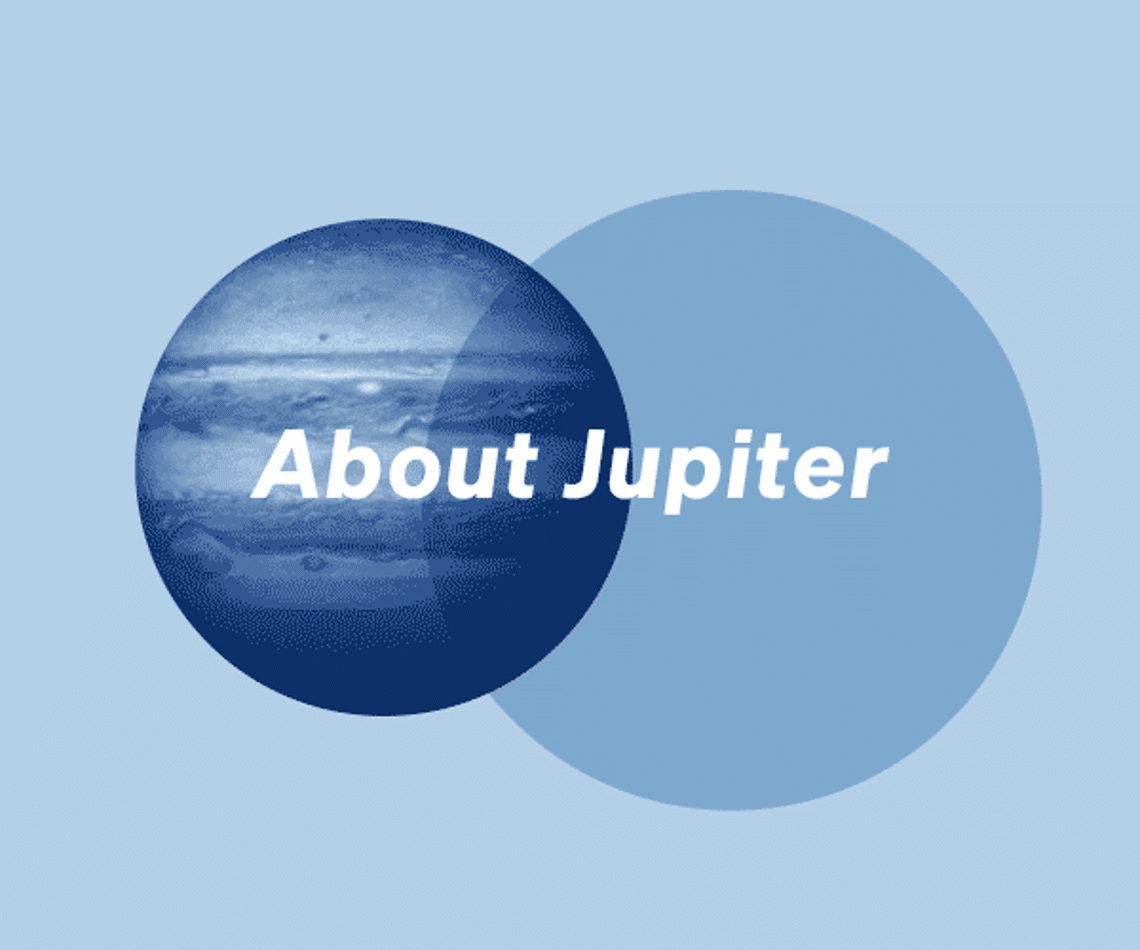
Størrelse
Jupiter er den største planeten i solsystemet vårt og er over 11 ganger større enn Jorden i diameter.
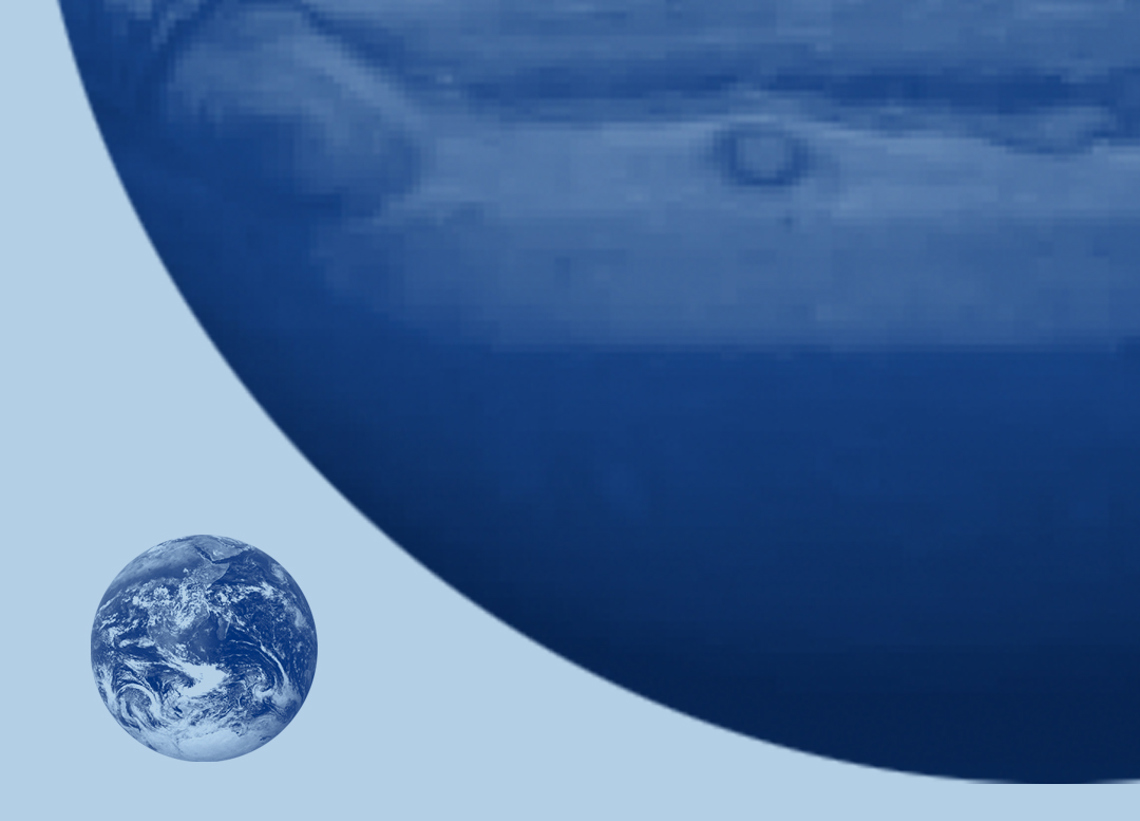
Masse
Den består av en enorm masse som utgjør omtrent 2,5 ganger massen til alle andre planeter i solsystemet kombinert.
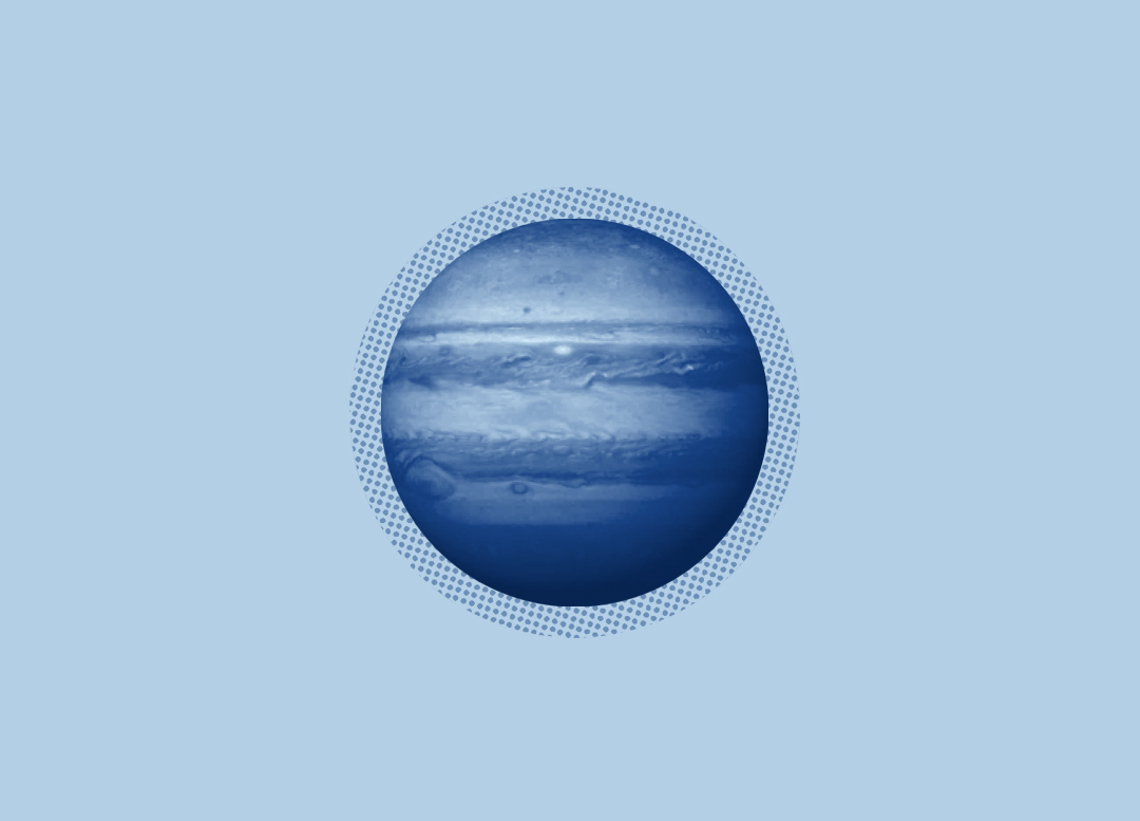
Atmosfære
Jupiter har en tykk atmosfære dominert av hydrogen og helium. Den har også skyer. Disse kan vi observere som de kjente fargede båndene som strekker seg rundt planeten.
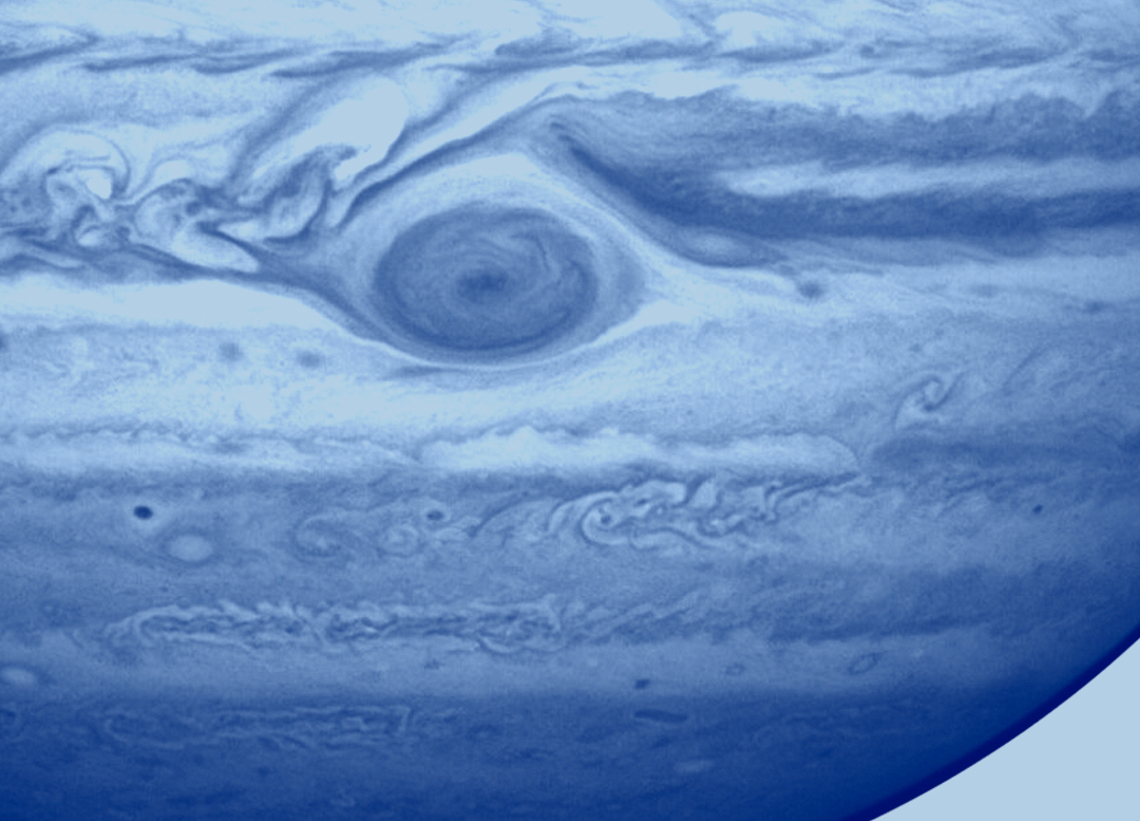
Stormer
Jupiter er kjent for sine kraftige stormer, hvorav den mest kjente er den store røde flekken. Denne stormen har rast i over 300 år og er større enn Jorden.
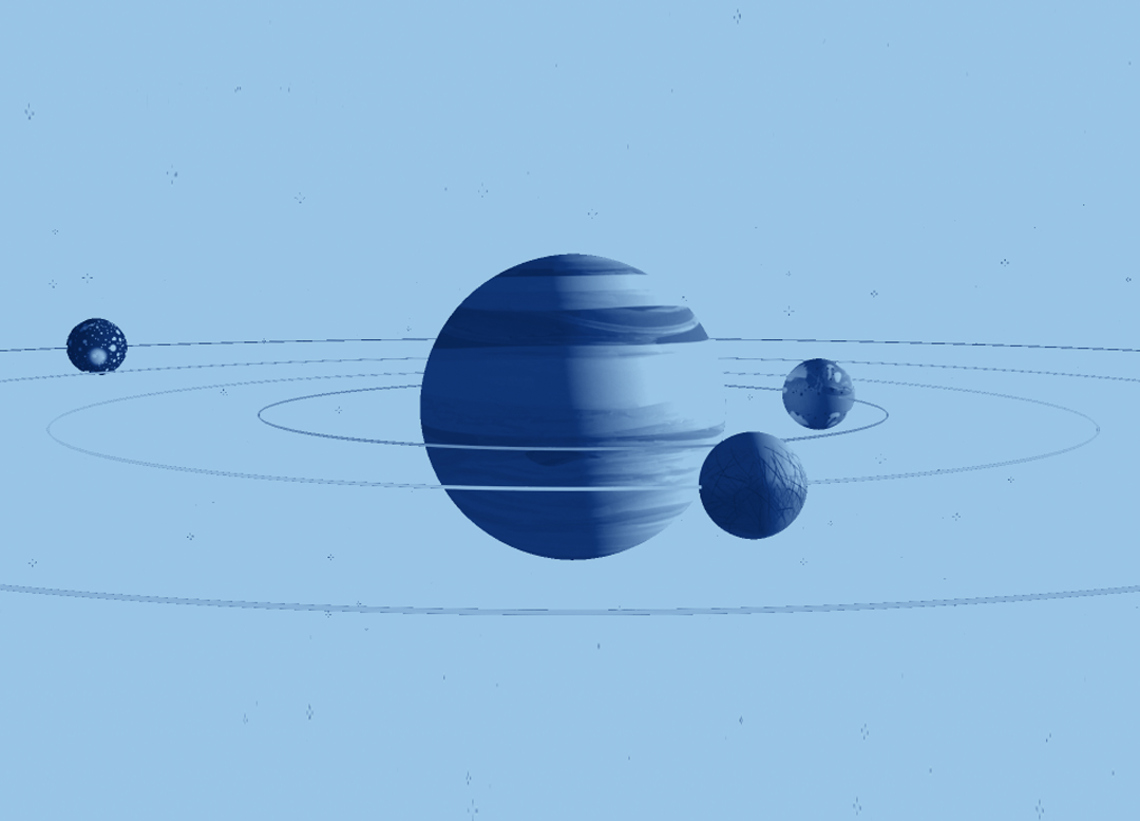
Måner
Jupiter har også en imponerende samling av måner, med over 70 kjente. Noen av de mest kjente inkluderer Ganymedes, Callisto, Europa og Io.

Magnetfelt
Jupiter magnetfelt er omtrent 20 000 ganger kraftigere enn jordens magnetfelt.
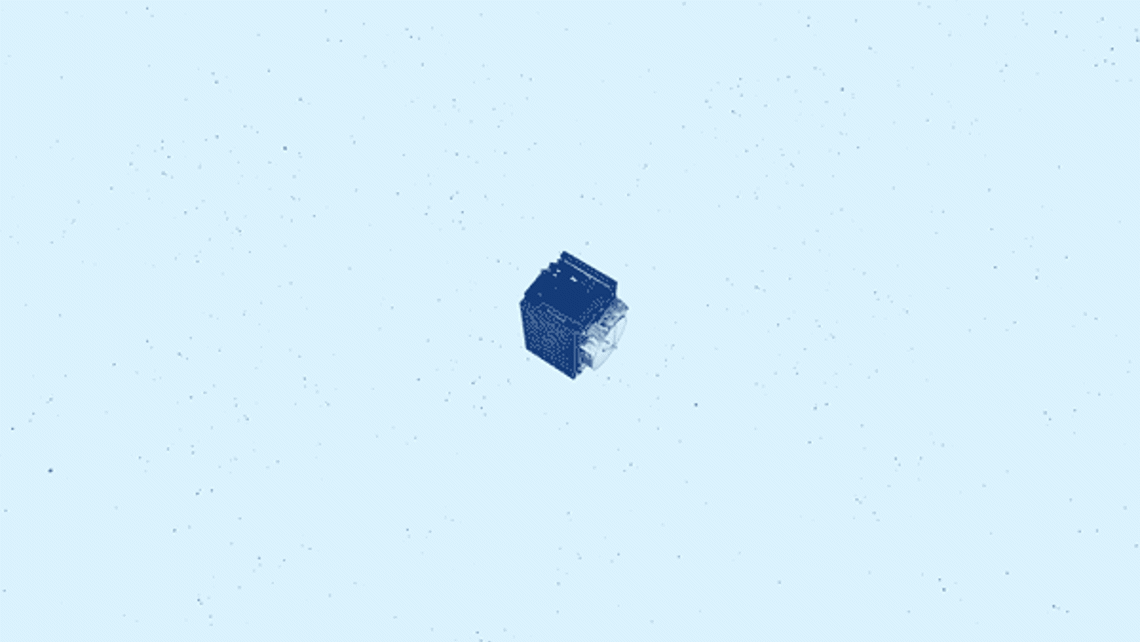
Utforsking
Jupiter har tidligere fått besøk av romsondene Pioneer 10 og 11, Voyager 1 og 2, Galileo og Juno. Neste gang er det JUICE sin tur.
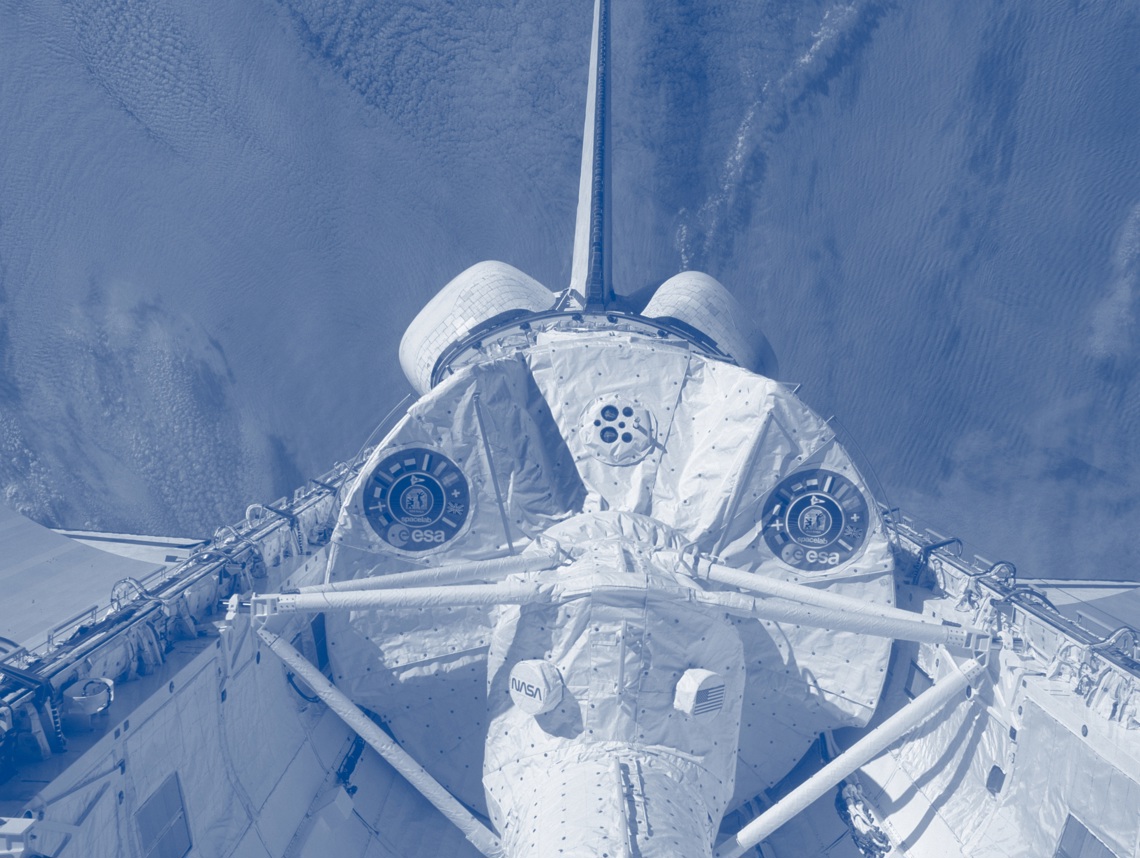
What is ESA?
The European Space Agency (ESA) is an international organization dedicated to space exploration and the development of space technology. ESA was established in 1975 and consists of 22 member countries today.
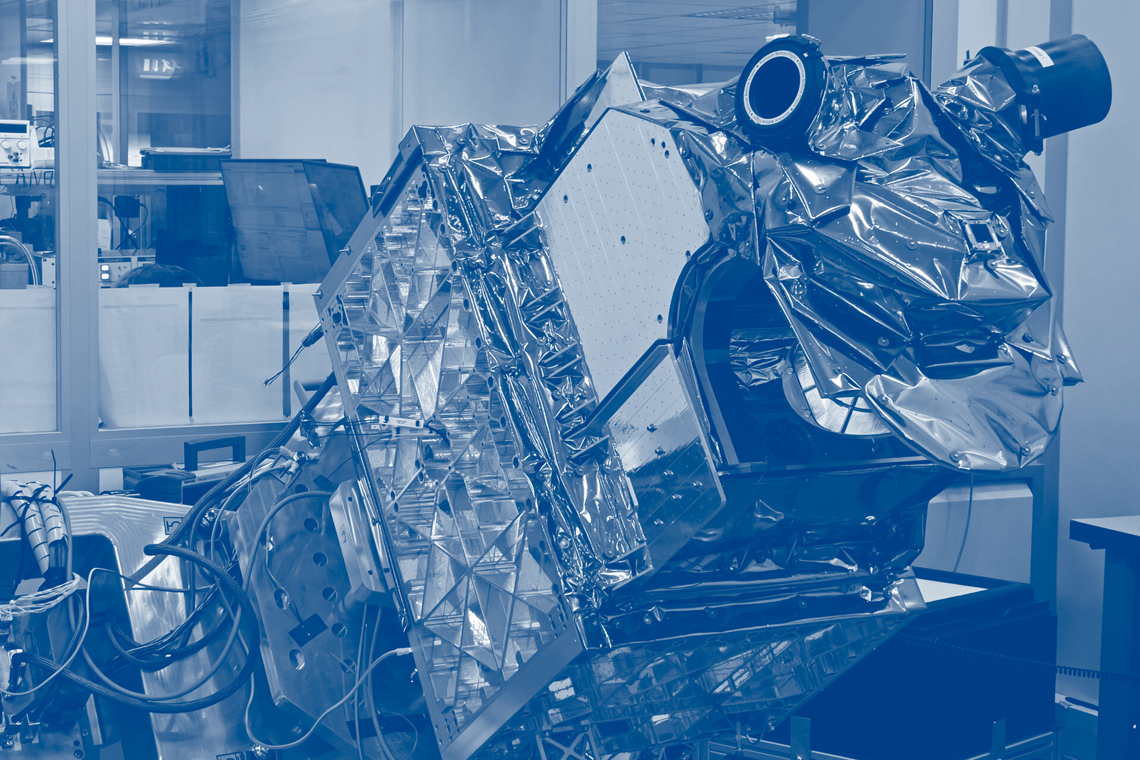
What is ESA?
ESA's main goal is to coordinate European space activities in research, development, and space exploration. The agency is involved in everything from the design and development of spacecraft and satellites to conducting scientific missions, navigation systems, telecommunications, and Earth observation. ESA also closely collaborates with other space organizations, like NASA in the USA, to carry out joint missions and projects.
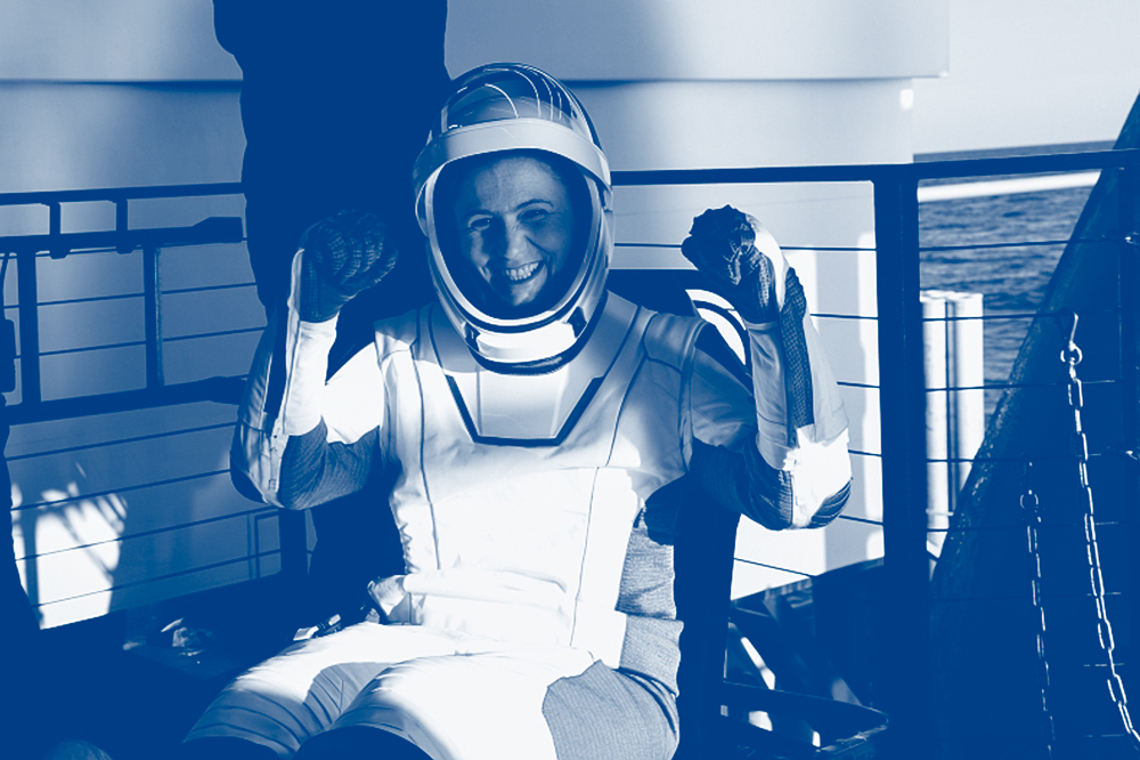
What is ESA?
ESA is headquartered in Paris, France, and has various facilities spread across member countries to conduct its different programs. Over the years, ESA has been involved in numerous successful space missions, including probes to other planets, launches of satellites for Earth observation, telescopes to study the universe, and other manned and unmanned space missions.

